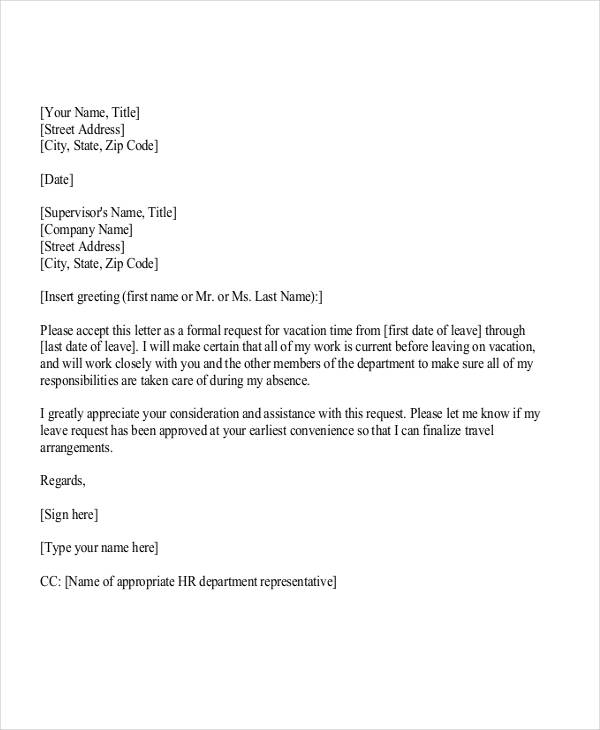

Title, it’s okay to use this salutation: To whom it may concern,Ĭontrast the formal salutation examples with the following In rare instances where you don’t know a person’s name or Here’s an example of a formal salutation without a Resort, it’s okay (but less effective) to address the email to the title of the Reach, you should make every effort to discover that information. If you don’t know the name of the person you’re trying to Here’sĪ sample formal salutation for an individual: Dear Professor Smith, Too, it’s proper to use their name along with any title the person has.

If you’ve got the person’s name you want to send the email If you’re sending the email to a group, address the entire group. Here are some examples of formal and informal It’s always used in formal email messages, but sometimes skipped

The salutation directly addresses the person you’re sending The informal subject line, sent to someone you know well, just barely Notice that the first subject line is more informative andĬomplete. Here’s an example of a formal email subject line: Required Student Meeting: December 5th, 9:30 a.m.Ĭompare that subject line with this informal email subject More detailed your subject line should be. The subject line is misleading or missing information, your email may not get The subject line is what the reader sees in their inbox. With that in mind, let’s take a closer look at some common CarefulĬonsideration needs to be given to each email element. While an informal email can often be sent quickly, writing aįormal email typically takes a bit more thought and a bit more time. Notice the incomplete sentence, slang, andĮmoticon in the informal example. See yaīoth statements share the same information. In this email: Required meeting-Dec 5, 9:30 a.m. Your project updates are needed.Ĭompare the formal language with the informal email language Here’s an example of formal email language: The meeting is scheduled for December 5th at 9:30 a.m. Informal email may not even use complete sentences or proper grammar, but a The tone of a formal email is different as well. Avoid using abbreviations, contractions, slang, emoticons, and You also use language differently in a formal email than in aĬasual email. With a definite salutation (the opening part of the email), signature section, A formal email has a very defined structure, In fact, part of what makes a formal email different from aĬasual email is the structure. Need to worry as much about structure and tone. Usually goes to a person you know well-often it’s someone you’re on good terms Casual Versus Formal Email: What’s the Difference?Ī formal email differs from a casual email. Workplaces are moving towards a more casual environment and this often carries If your workplace has a formal environment, use formalĮmails with your boss and colleagues unless you’re told to do otherwise. Examples of someone who you might send aįormal email to include your professor, a public official, or even a company
#FORMAL EMAIL TO INFORM SOMETHING HOW TO#
Or by walking through the detailed written steps below on how to write formal emails.Ī formal email is typically sent to someone you don’t know How to Properly Write a Formal Email (That Gets Results) Now let’s get started with learning–either by watching the video tutorial:

#FORMAL EMAIL TO INFORM SOMETHING PROFESSIONAL#
Get more helpful email tips and professional strategies in our free ebook, The Ultimate Guide to Inbox Zero Mastery. Plus, you’ll learn how email signature templates can give your We’llĪlso show you how to properly write a formal email, format a formal email, and send aįormal email. So you can see the difference between informal and formal email messages. We’ll provide examples of the various parts of an email In this article, you’ll learn how a formal email differsįrom an informal email. Are you ready to learn how to write a formal email? ( graphic source) Informal email, it’s usually better to send a formal message. If you’re not sure whether to send a formal or A formal email is also the right choiceįor some business situations. This article will help.įormal emails are often called for when you’re sending anĮmail to someone you don’t know well. Used to writing casual emails to friends and family, you may not know how toĭon’t worry. Do you need to know how to write a formal email? If you’re


 0 kommentar(er)
0 kommentar(er)
